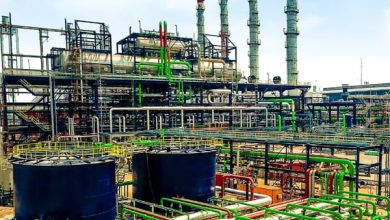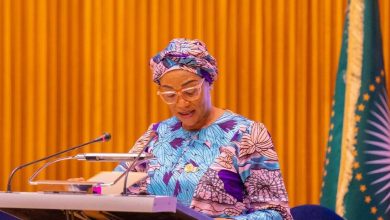Amid a state of emergency, Peru mourns the deaths of people killed in week-long protests World news

Peru’s capital Lima and three other provinces were under a state of emergency on Sunday, with weeks-long protests against President Dina Boluarte showing no signs of abating.
At least 42 people have died, according to Peru’s human rights lawyer, in five weeks of clashes burning the streets to demand new elections and Boluarte’s resignation.
She took office on December 7 as the first female president of the South American country following the impeachment and arrest of Pedro Castillo for failing to dissolve Congress and the Constitution by decree.
Castillo, a leftist former rural school teacher and union leader, faced stiff opposition from Congress during his 18 months in office and was the subject of several criminal investigations into allegations of widespread graft.
His removal sparked immediate protests across the country, particularly among the rural poor, which broke out during the holiday season but resumed on January 4.
The government extended by 30 days the state of emergency from midnight Saturday for the provinces of Lima, Cusco, Callao and Puno, ordering the military to support police actions to restore public order.
The state of emergency also suspends constitutional rights such as freedom of movement and assembly, according to the order published in the official gazette.
More than 100 stretches of road were blocked on Sunday in 11 of Peru’s 25 provinces – a record according to a senior land transport official.
Place
Dozens of people attended a vigil at Lima’s central cathedral for those who fell among the protesters as well as a policeman who was burned alive in the town of Juliaca on the border with Bolivia.
Many of the mourners wore white T-shirts to symbolize peace and carried photographs of the dead.
Lima Archbishop Carlos Castillo led the service in Spanish and Quechua.
The conflict has intensified in the southern Andes, where the Quechua and Aymara communities live.
The Inter-American Commission on Human Rights has said that in order to end the crisis, these groups need to integrate into Peruvian society.
Jose Muro, vice minister of regional administration, told Peru TV on Sunday that the government will create “spaces for dialogue” throughout the country to discuss unanswered social questions.
“Tell our brothers that this week we intend to set up opportunities for dialogue to start making demands,” he said.
Mass demonstrations were announced on Monday in Lima and the isolated southern Andean regions.
On Saturday night, dozens of demonstrators arrived in the capital city of Miraflores as part of a mobilization to “take over the city”.
The airport in Cusco, the gateway to the famous Machu Picchu site, reopened Saturday after being closed two days ago, the second time it has been closed because of the protests.
Train services to the Inca Tower resume on Sunday.
Associations say the tourism industry is losing up to 7 million sols (1.7 million dollars) a day.
Original groups?
Peru has been politically unstable for years, with the 60-year-old Boluarte the country’s sixth president in five years.
Castillo was detained for 18 months, charged with rebellion among other crimes.
Authorities insist radical groups are behind the protests, including remnants of the Communist guerrilla group Shining Path.
As evidence, they have revealed the arrest this week of a former member of the organization, Rocio Leandro, known within the group as “Comrade Cusi.”
According to the spokesman of the General Police Oscar Arriola, Leandro financed the conflict that left twelve dead in the region of Ayacucho.
He called Leandro a “Marxist, Leninist, Maoist killer.”







